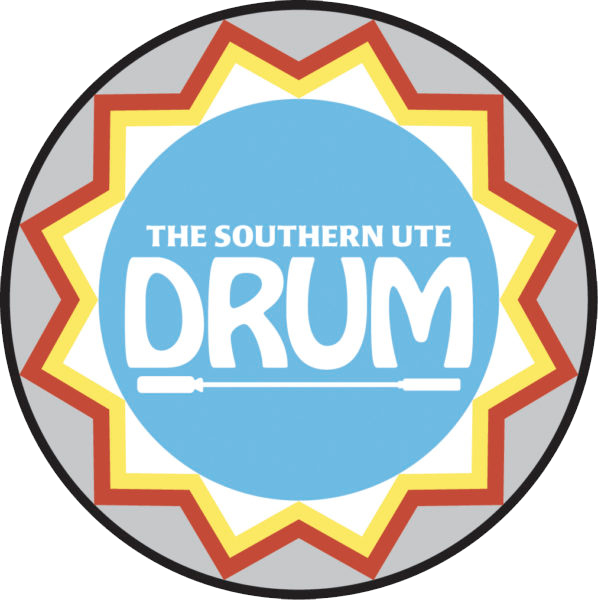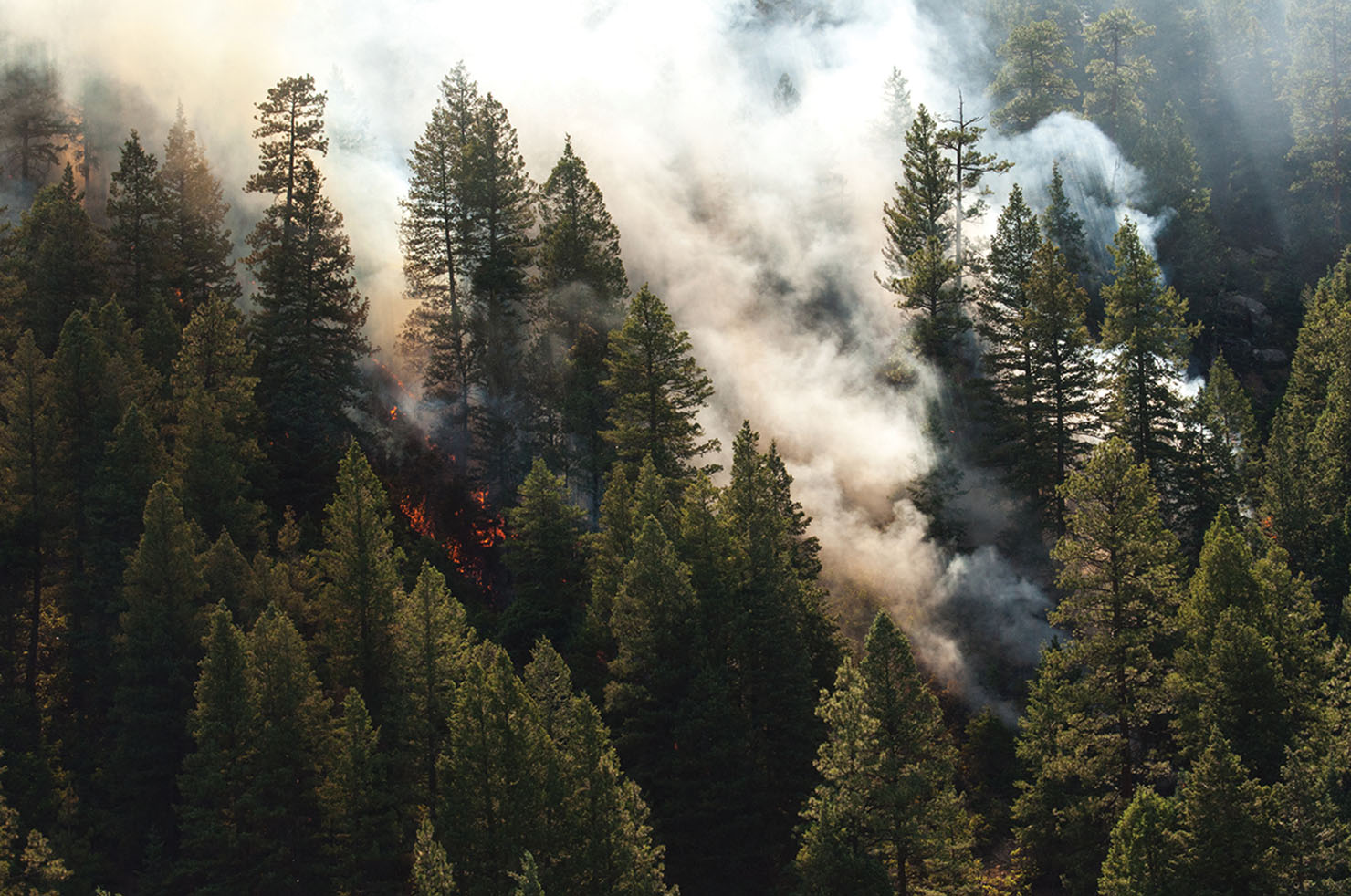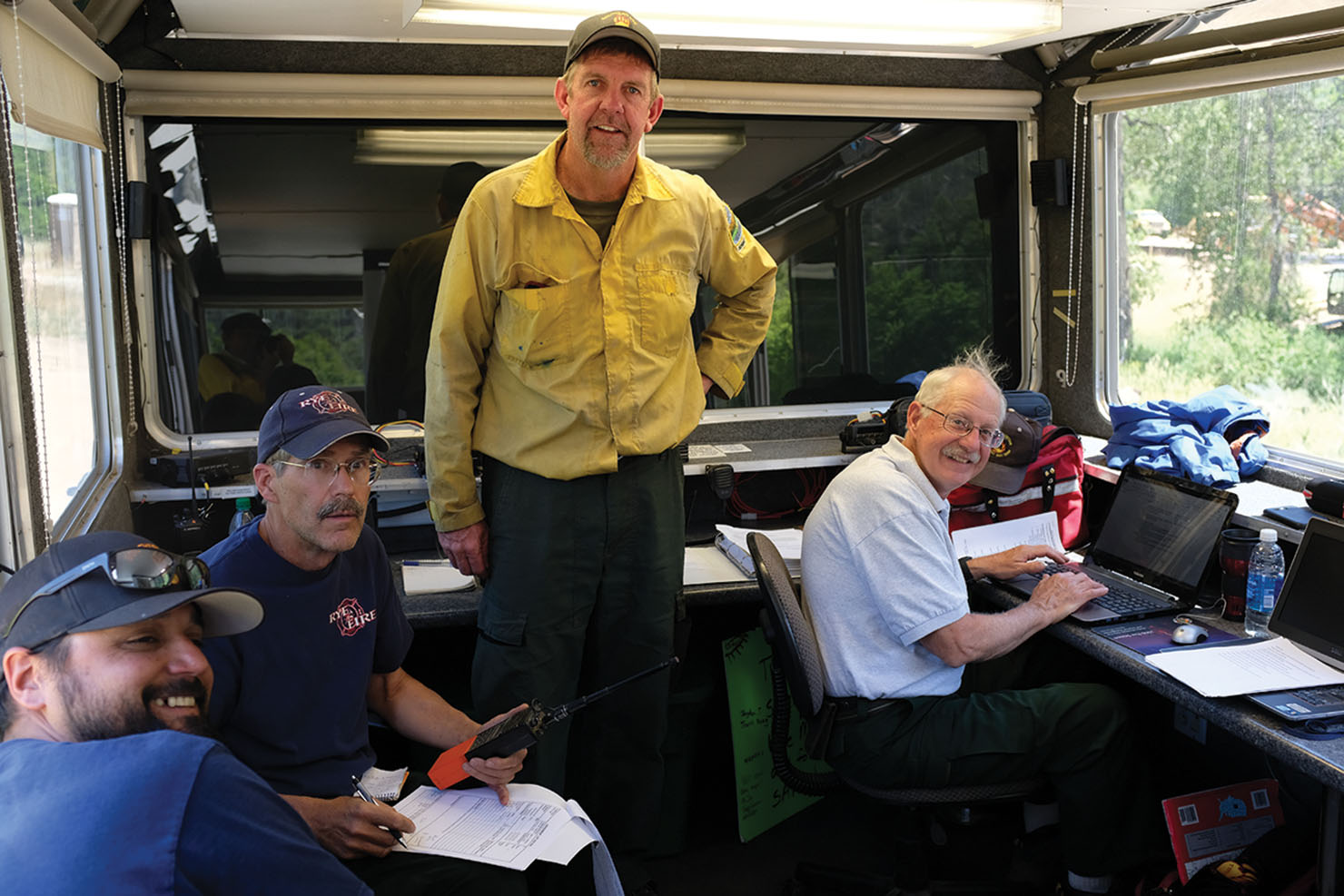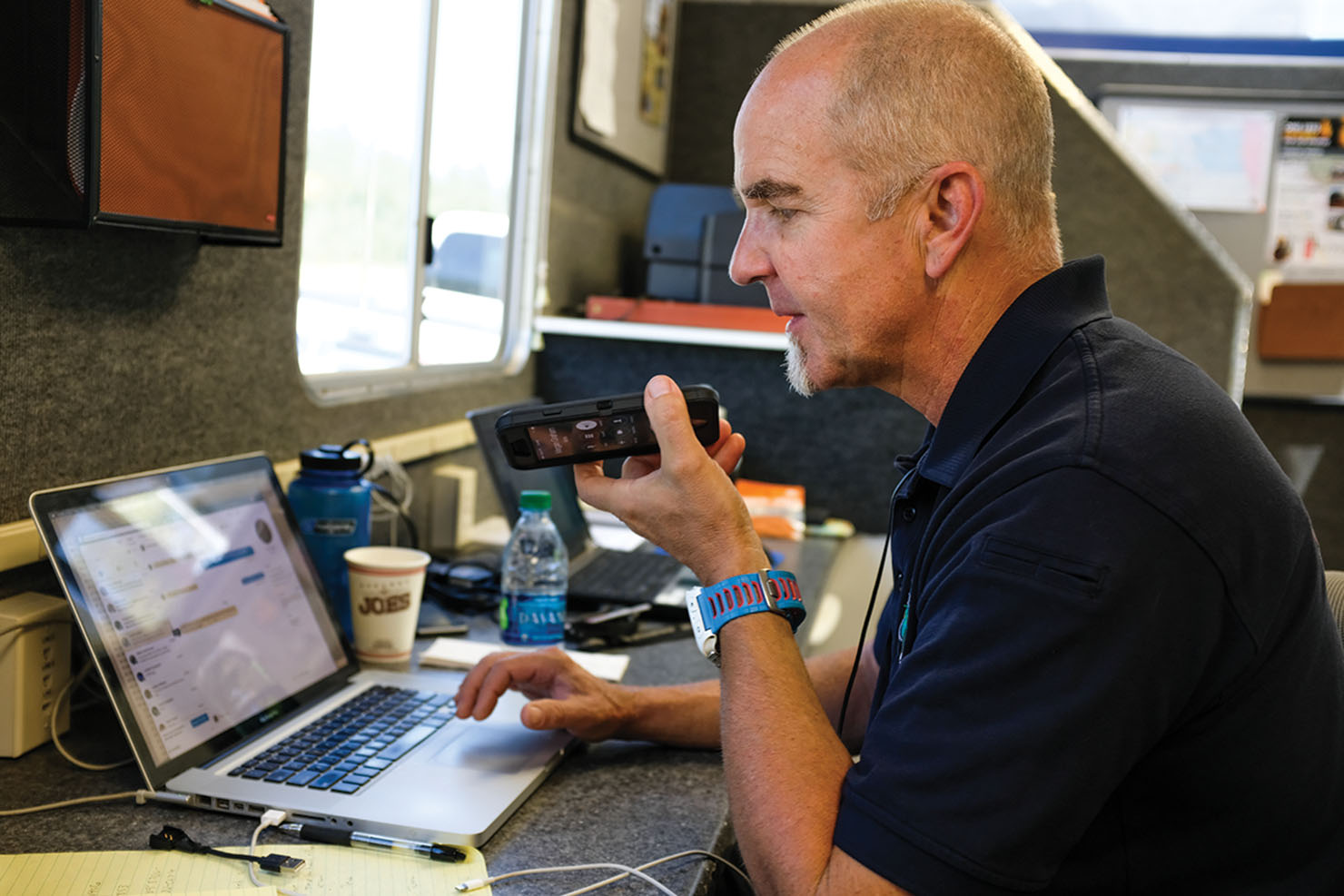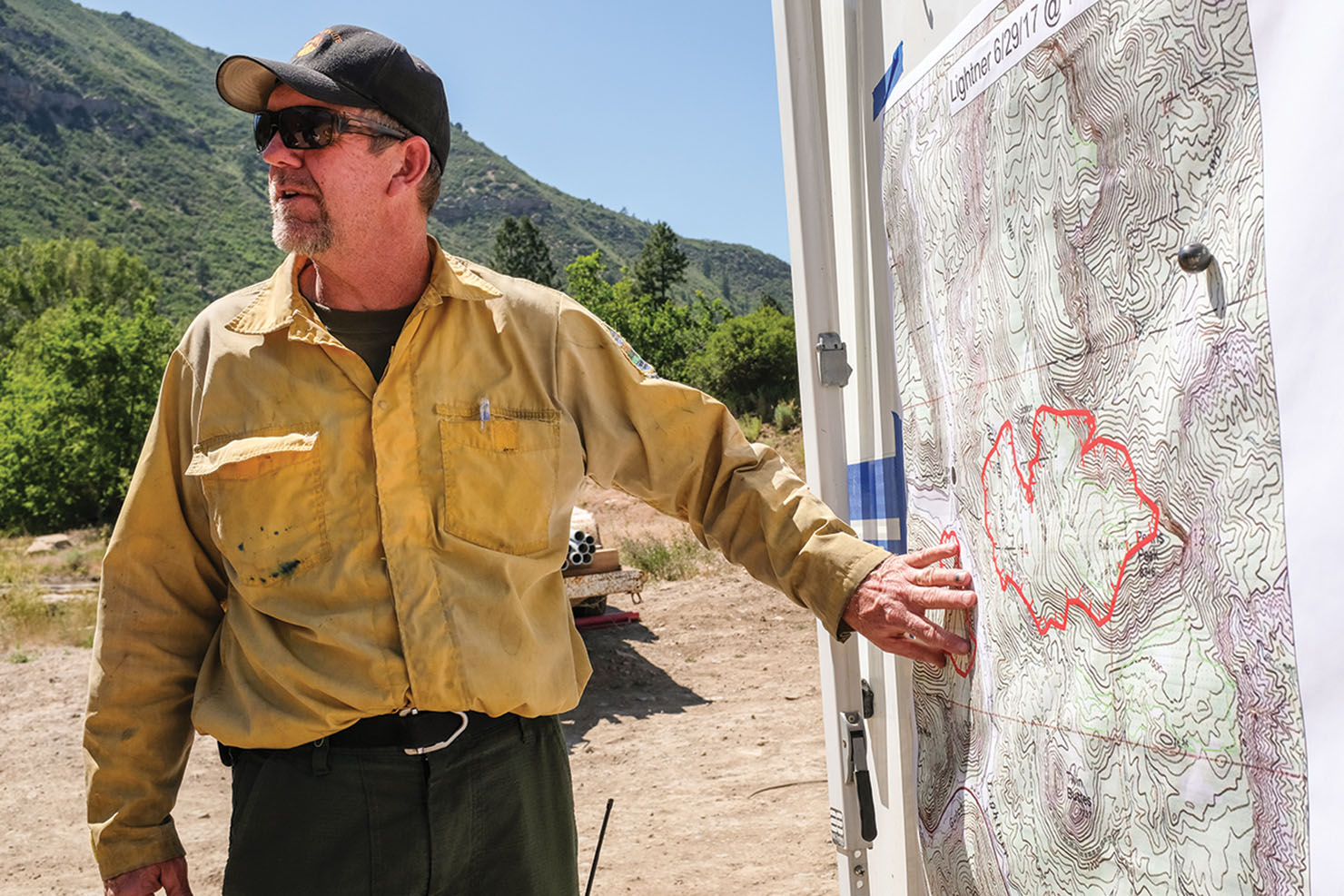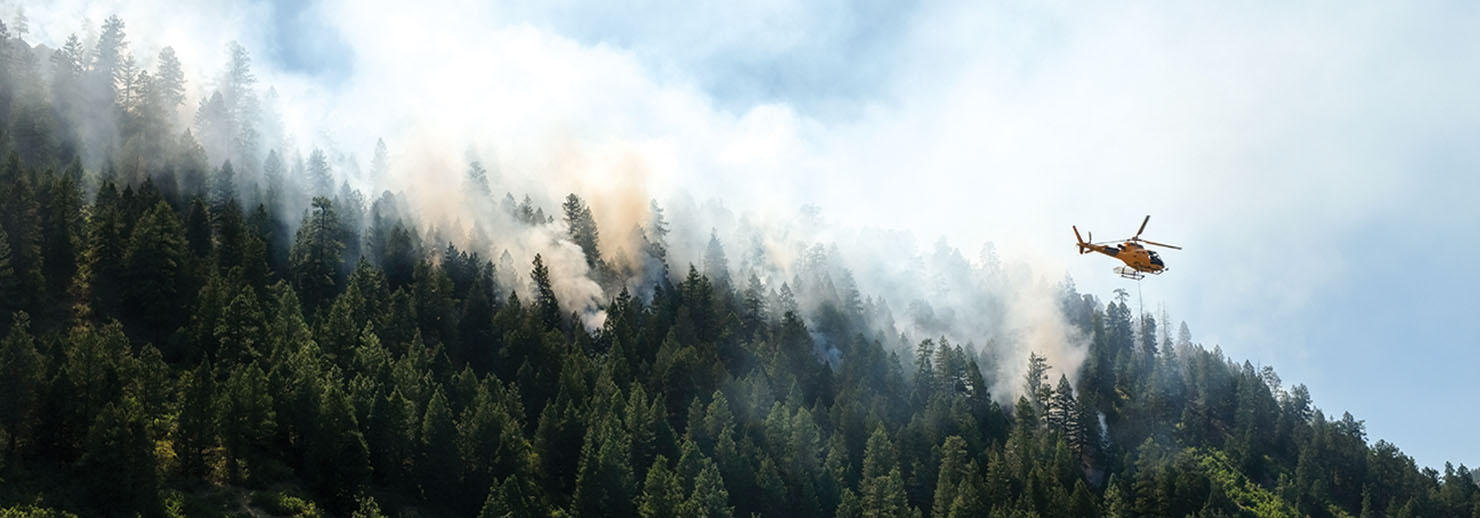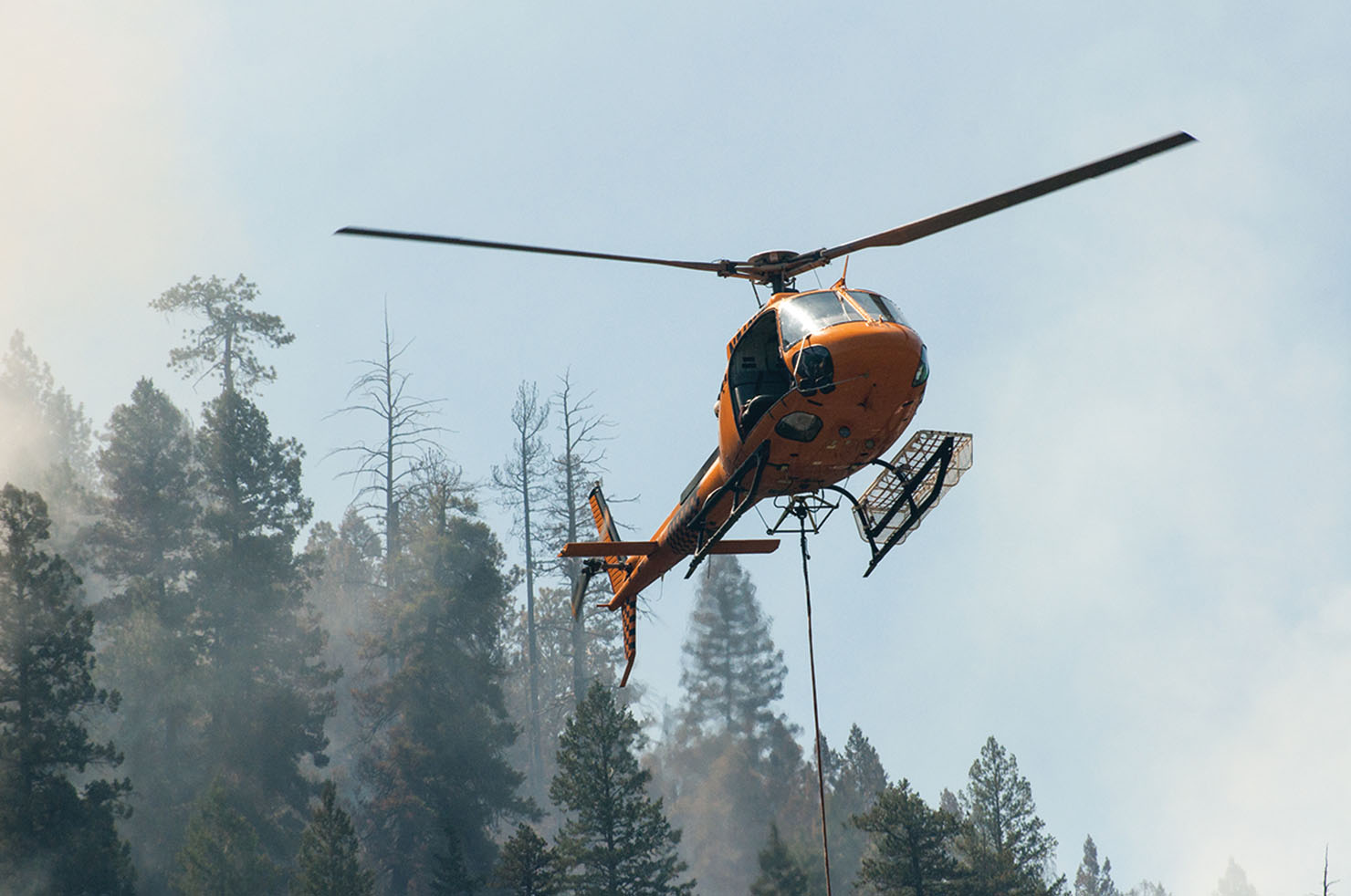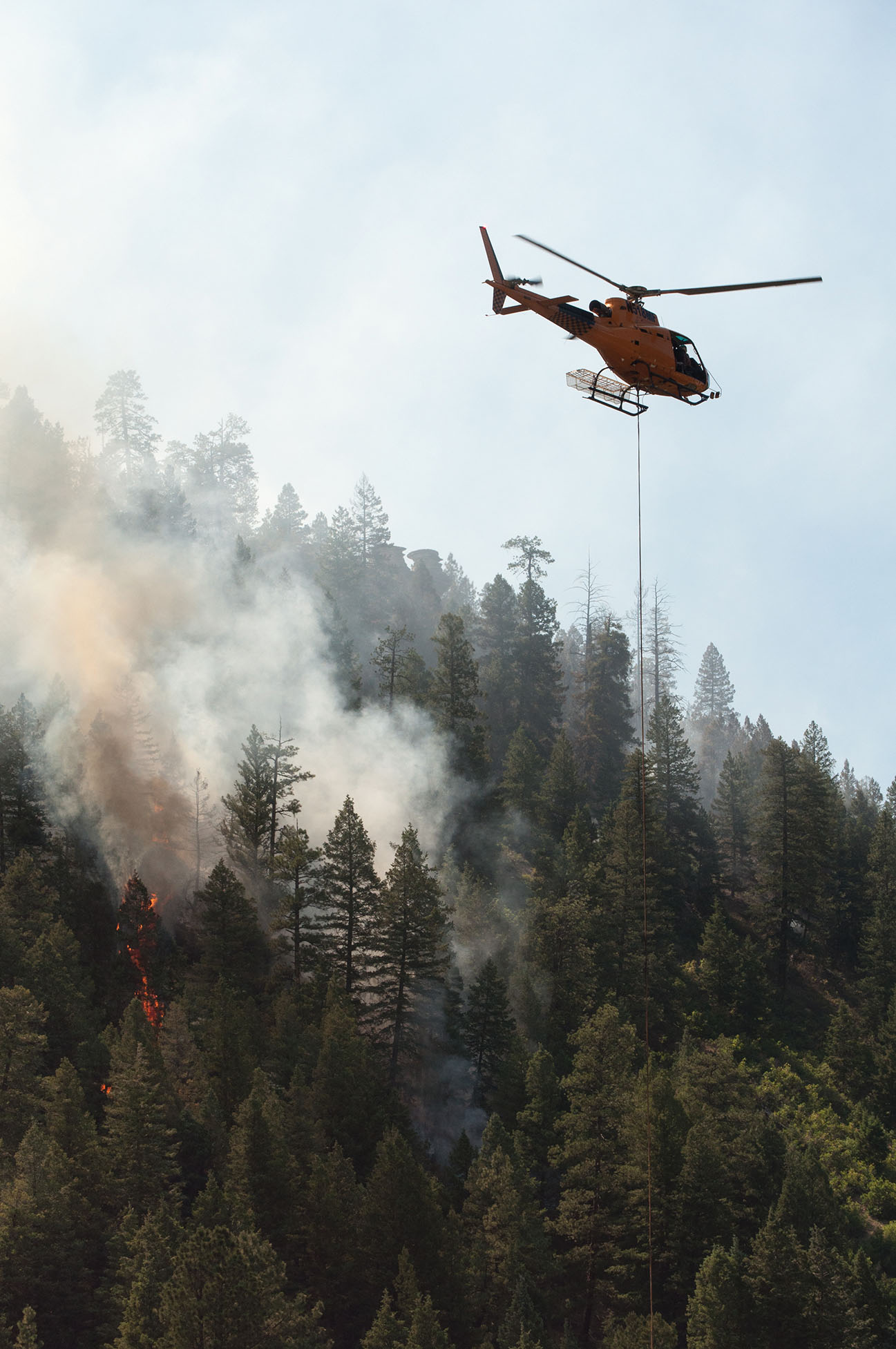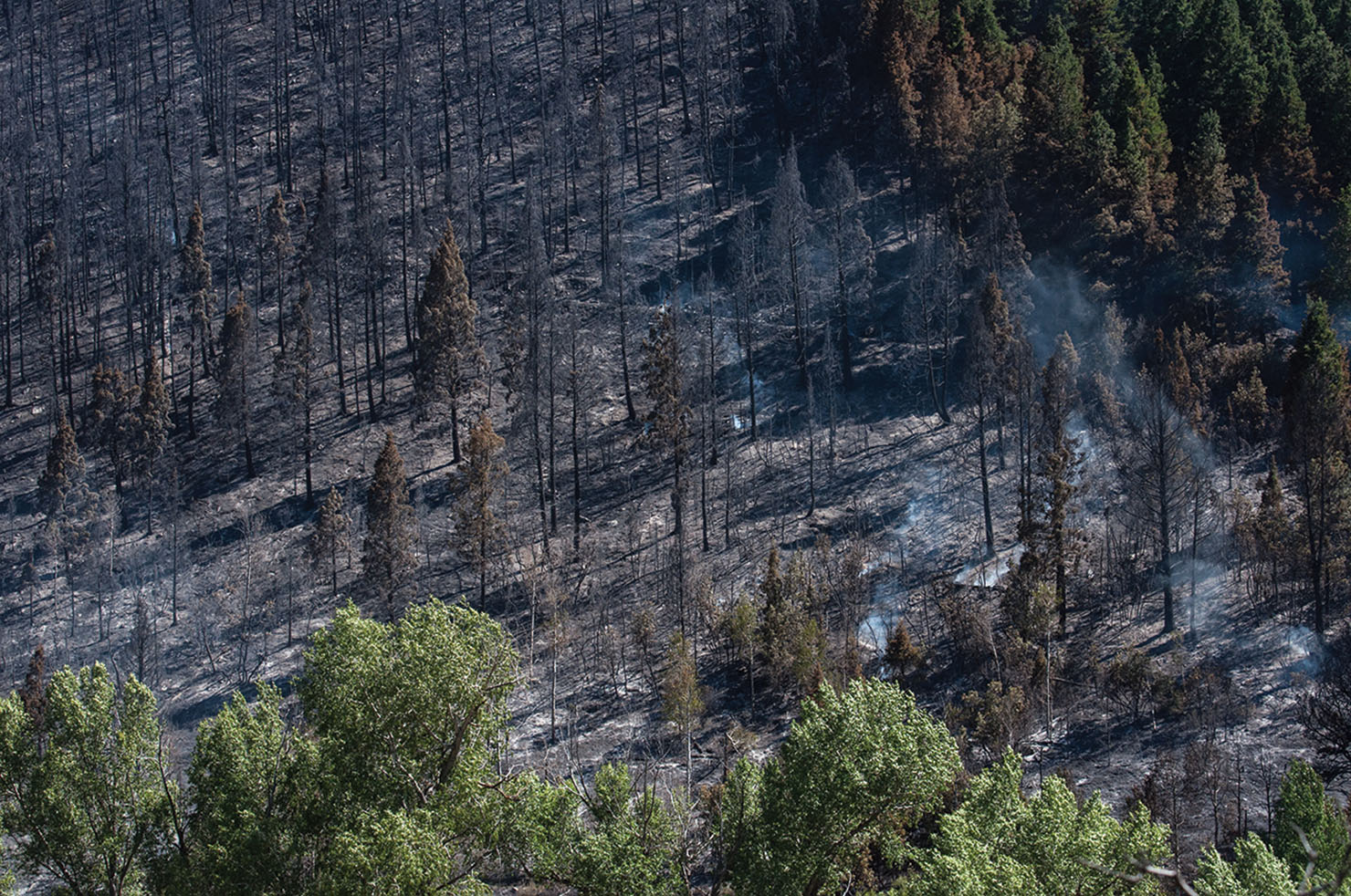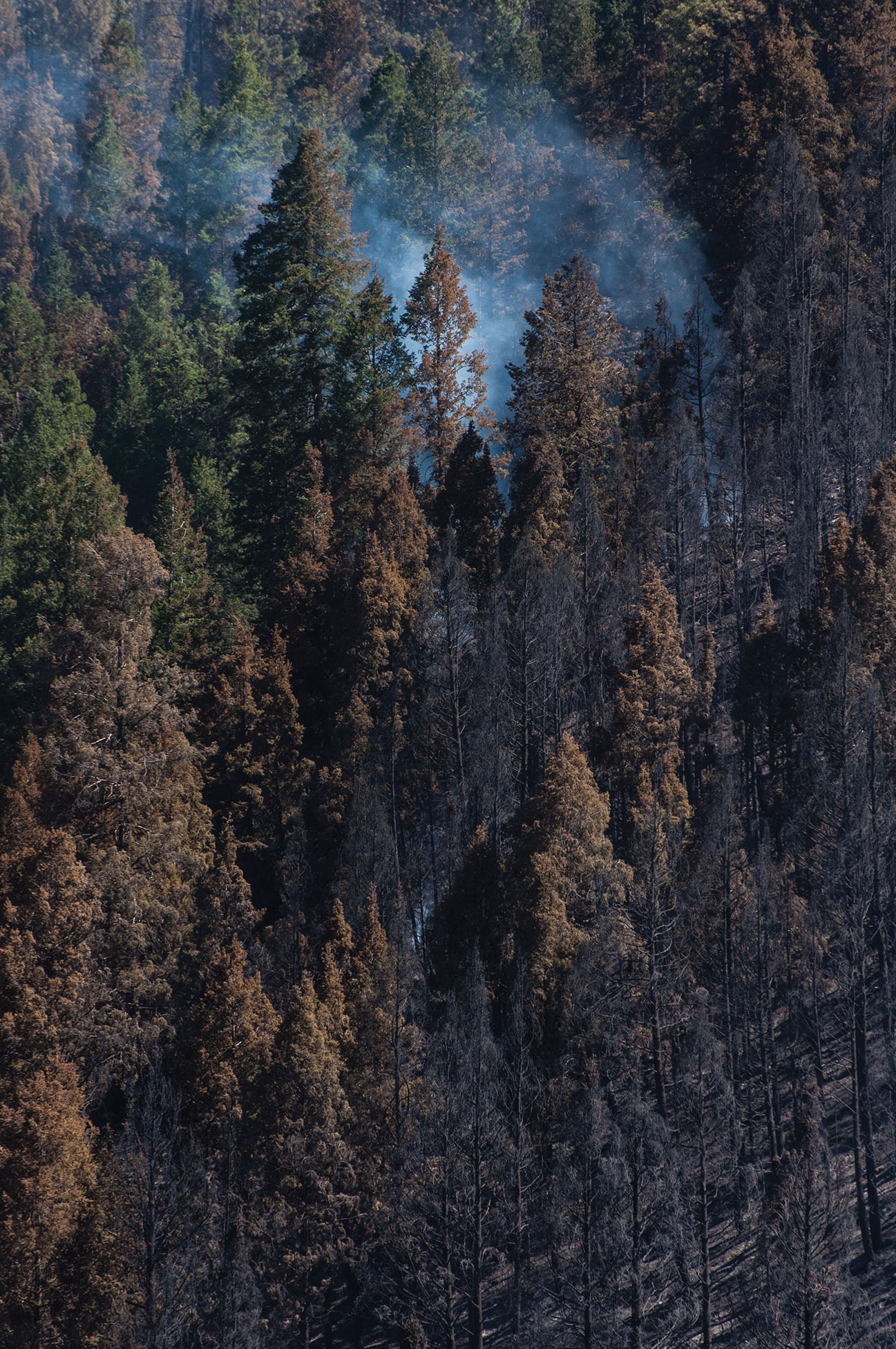Fire danger ‘high’ in Southwest










Steady winds have added to a hot, dry summer in Southwest Colorado, creating a tinderbox in brushy landscapes and arid forests. Burning open campfires, slash piles, and fireworks are among the many causes for concern in these dry times. Not all fires are man made, with the coming of the annual monsoon season, lightening strikes pose a significant threat, often times sparking a wildfire in remote or inaccessible areas of the forest.
Wildfires have taken off in the White River National Forest, near Breckenridge, Colo. this week, in addition to the recent Lightner Creek Fire in the foothills of Durango, Colo.
Prevention is key. Not only is it critical to be extremely cautious in terms of fire prevention, keeping personal property and private lands free of fire fuels could save lives and property loss in the event of a fire. Beetle-kill pine and heavy ground fuels are often the catalyst for a serious wildfire in forested areas.
Stage 1 Fire restrictions have ben set into place for the Southern Ute Reservation as of Tuesday, June 27.
“Due to the current high temperatures, dry fuel conditions and the occurrence of recent wildland fires, Stage I fire restrictions have been implemented for all trust lands throughout the Southern Ute Indian Reservation. Everyone on reservation land is asked to be very cautious and use common sense with fire this time of year,” stated a recent press release from the Bureau of Indian Affairs (BIA) Fire Office.
The Lightner Creek Fire cost an estimated 2 million for State and Federal agencies involved, the fire burned over 400 acres west of Durango. The resources used to contain the fire also played a factor in the city cancelling it’s annual fireworks display during the 4th of July. Firefighters tackled the Lightner Creek Fire on Friday, June 30 ahead of the long holiday weekend. The fire was 100% contained as of Wednesday, July 5.
A Type II Incident Management Team took over management of the Lightner Creek Fire on Friday, following aggressive fire-fighting efforts led by the Durango Interagency Type III Incident Management team throughout the day on Thursday, June 29. “This is on the doorstep of Durango, today’s the day to see where it’s going,” said Rich Gustafson, BIA Fire Management Officer for the Southern Ute Agency. “It’s a critical weather day,” he said — going into the 4th of July weekend. Gustafson was working on site as the Incident Commander for the Durango Interagency Type III Incident Management Team on Thursday, June 29.
“Southern Ute Agency, BIA, is assisting — this is our contribution to the effort,” Gustafson said on Thursday. “We want to make sure we manage the fire correctly, firefighter safety, and public safety a priority.” The Incident Command Team works out of a mobile unit, equipped with generators powering: computers, Wifi, radios and phones — the necessary technology to run large operations remotely from the field.
“Wind, heat, and humidity, are all a factor,” Scot Davis said, Public Information Officer for Durango Fire & Rescue. Davis is responsible for sending out live updates and postings via Facebook, Twitter, including press releases to regional media contacts through email from the onsite Command Team Module.
Fire information is released by Durango Fire Protection District on Facebook and Twitter @DurangoFire.
